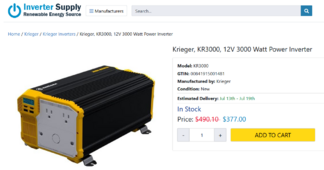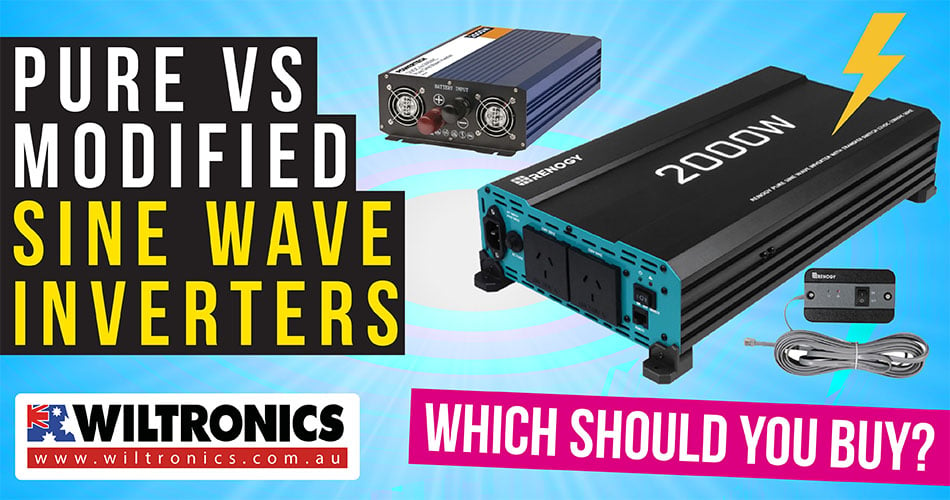MilehighMike
New Member
On my RV, I have 2-325 watt 12-volt panels. A Renogy 40 amp solar controller. 800 AH lithium batteries. 2-300 AH & 1 200 AH. A 3000-watt Krieger inverter. I have the inverter connected to busbars & the batteries connected to the same bars. Very often, my system seems to drain very quickly, even when I only have the fridge or a medium-sized fan running all night. The fridge is small & does not draw much. My batteries never charge above 13-13.20. If I get more than 2 or 3 days of cloud cover, it seems to drain, too. I tried to run a portable AC 6,000 BTU with fully charged batteries & it drained the batteries to 65% in about 20 min. The inverter also got very hot & kept tripping. I only had 400 AHs of batteries for a few years & had the same issues without running anything big like an AC. I thought if I put in the bigger inverter & batteries, it would solve all my problems, but it hasn't. Last night, I went to bed with 65% of power & was running the small fridge & a small fan & the alarm was going off by 630 am & the batteries were only at 11 volts after a couple of hours of sunlight. They seem to charge very slowly for a couple of days after this happens. Do I need a bigger inverter? I saw a guy on YT run a 5k BTU AC for 3 hrs on one 100 AH battery. I live & travel in my RV full-time, totally off the grid & this is such a pain. I just can't figure out what the problem is. Any help will be greatly appreciated. Thank you so much.




